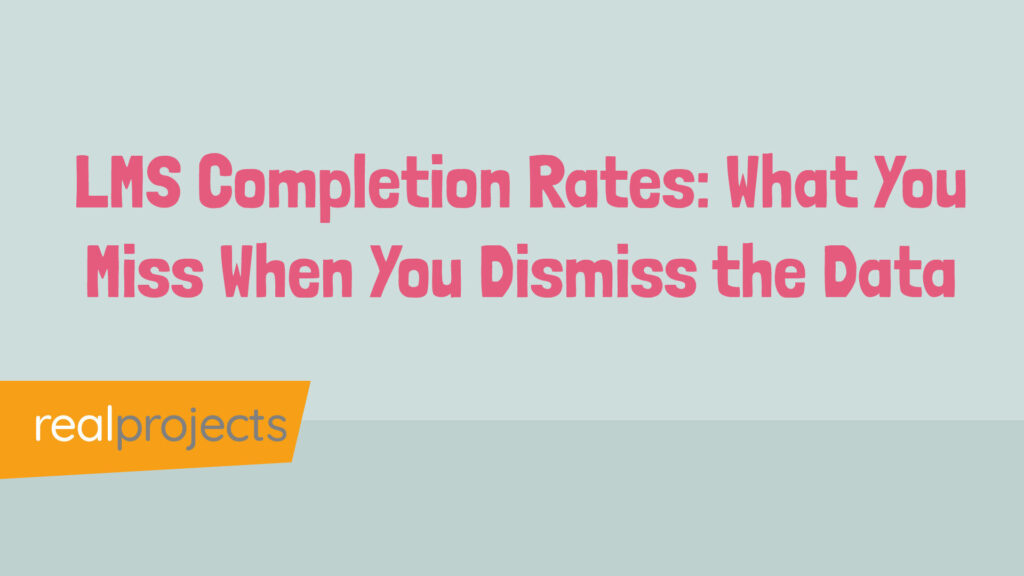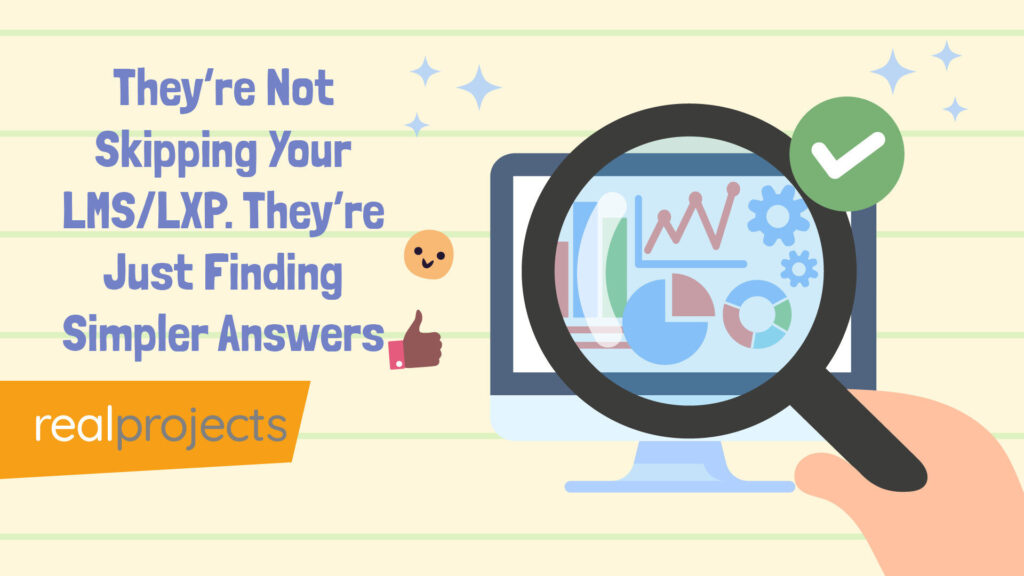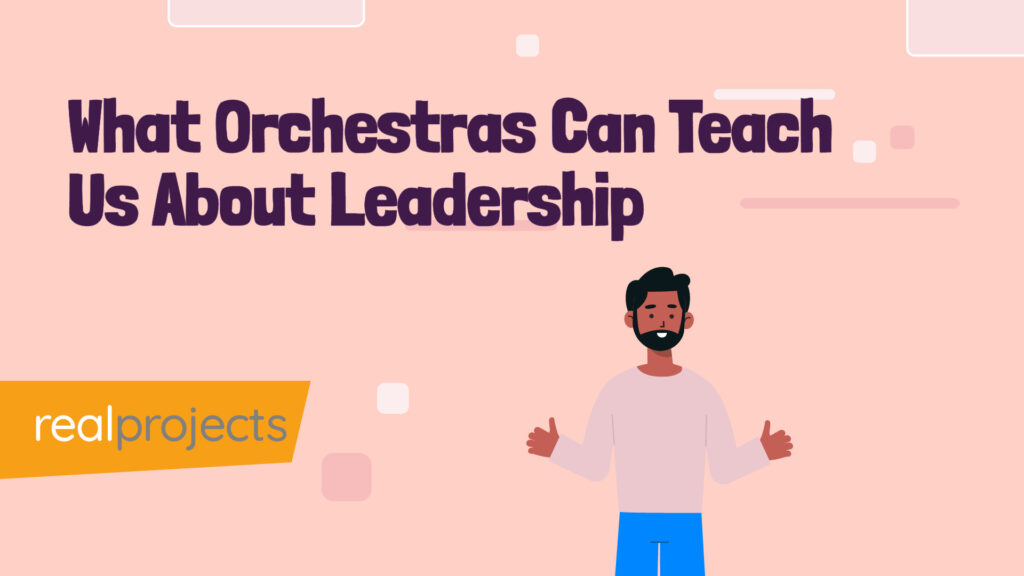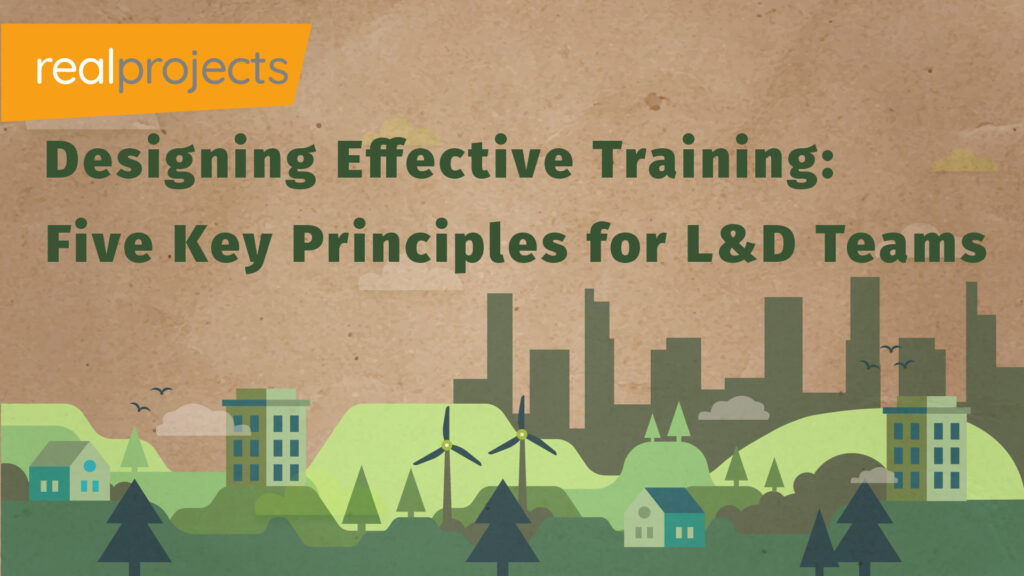At the Training 2025 Kickoff event, Swedish designer Erika Marthins presented a thought-provoking session exploring the intersection of food, technology, and storytelling.
Her work offers a unique source of inspiration for Learning and Development (L&D) professionals looking to push the boundaries of learning design through sensory engagement, creative use of data, and new delivery methods.
Interest in these approaches continues to grow, and research supports their relevance:
-
Multisensory learning improves retention by up to 90 percent compared to single-sense methods (MindSpring Learning Report, 2023)
-
VR and AR environments improve outcomes by 76 percent over traditional learning (PwC VR Soft Skills Training Study, 2022)
-
94 percent of L&D professionals report higher engagement from experiential content (LinkedIn Workplace Learning Report, 2023)
-
AI in corporate learning is forecast to grow at 20.8 percent CAGR from 2023 to 2028 (MarketsandMarkets, AI in Education Forecast, 2024)
-
Sensory mismatches can reduce memory accuracy by 30 percent (Journal of Sensory Studies, 2021)
-
SPACE10, IKEA’s innovation lab, supported over 70 experimental design projects between 2015 and 2023 (SPACE10 Annual Report, 2023)
Edible Technology in Learning Design
Marthins shared her journey from interaction design to architectural experimentation and large-scale digital fabrication.
Her practice includes designing physical objects that embed data in edible formats, such as chocolate, sweets, and desserts. These interactive experiences encourage learners to engage with information in new ways.
Three prototypes were shared during her session:
-
Animated Dessert: A soft robotic dessert that moves before being eaten
-
Lollipop Lens: A translucent sweet that reveals hidden messages through light projection
-
Chocolate Record: A disc made of chocolate designed to combine flavour and sound
Each example demonstrated how edible technology can deliver data through sensory experience rather than text or video alone. For learning design professionals, this opens up new possibilities for crafting emotionally resonant and engaging content.
Hacking the Senses to Enhance Learning
One of the most striking parts of the session was Taste Lab, a virtual reality experiment combining food, audio, and visuals.
Participants wore VR headsets while eating. The sensory feedback they received often didn’t match their expectations. For instance, a soft food might be paired with a loud crunching sound.
This mismatch led many to misremember what they had eaten. The experiment revealed just how influential sensory cues are in shaping memory and perception.
For anyone working in learning design, this demonstrates the power of multisensory techniques. When used intentionally, they can help reinforce key learning moments and make them more memorable.
Reimagining Data Through Learning Design and AI
Marthins also explored how artificial intelligence plays a role in food systems and learning.
Through collaborations with creative studios and global organisations, including the United Nations, she has investigated how data can be personalised and embedded in everyday materials.
This is particularly relevant for L&D teams using AI to tailor learning journeys, track progress, and deliver content aligned to user needs. It reflects a shift from static modules to more dynamic, personalised approaches to learning design.
Attendees were invited to explore her edible prototypes in the Innovations in Training Test Kitchen. These hands-on displays offered a tangible look at what the future of learning could taste, feel, and even sound like.
The session was example of why conferences and exhibitions like Training 2025 are so valuable for L&D Leaders to discover new ideas as they look to transform their L&D strategy.
Q&A: Learning Design and Edible Technology
Q: What is multisensory learning and why does it matter?
A: It uses more than one sense to boost memory. It can improve retention by up to 90 percent compared to single-sense learning.
Q: How can VR change what we taste or remember?
A: VR mismatches senses, such as hearing a crunch while eating soft food. This confuses memory and alters how we recall what we experienced.
Q: What are examples of edible tech for learning?
A: Chocolate records, lollipop messages, and moving desserts show how data can become interactive, playful learning tools.
Q: How is AI being used in learning and food design?
A: AI helps personalise learning content and makes it more interactive. It also supports storytelling and transparency through data.



